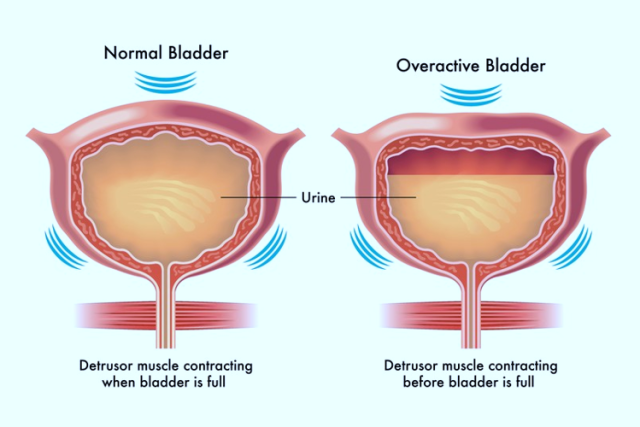
September 7, 2024
Postpartum Recovery: Answers To The Usual Inquiries Asked By New Mamas
Comprehending Fecal Urinary Incontinence After Pregnancy Postpartum Saint Luke's Health And Wellness System It also is common to handle lack of sleep, altering hormonal agents and nursing problems. Many people shed regarding 13 extra pounds (6 kilos) during distribution. This loss includes the weight of the infant, placenta and amniotic liquid. A few days after giving birth, you might have full, company, sore Pelvic organ prolapse busts. That's because your bust tissue overfills with milk, blood and various other fluids. Nurse your child frequently on both breasts to help keep them from overfilling.Desire Urinary Incontinence
- It is best to prepare a checklist of things that are most needed and pack them ahead of time in the pregnancy bag.
- The modern movement of giving birth education is significantly vital in helping to enlighten women concerning labor, giving birth, nursing and looking after a newborn.
- The American College of Obstetricians and Gynecologists claims that postpartum treatment should be a continuous process as opposed to a solitary see after delivery.
- To manage this hefty blood loss it is best to utilize pregnancy sanitary napkins.
- Pentz describes mixed urinary incontinence as those who might have begun with tension urinary incontinence.
- Speak to your doctor regarding your household intending choices.
Improving Healthcare Team Outcomes
Treatments can consist of lifestyle modifications and reinforcing your pelvic flooring muscle mass with Kegel exercises. Forceps raises the risk of injury to the nerves and muscular tissues of the hips. Forceps are the spoon-shaped metal instruments that are often put right into the mommy's vaginal area and placed around the child's head at the time of delivery. These instruments are typically made use of after a long or tough labor to assist deliver a baby. As the physician pulls on the forceps, they push away the muscles and soft cells in the pelvis, permitting more area for the child ahead out. The forceps also assist the medical professional to draw the child out, specifically if there is a limited fit.Does urinary system incontinence disappear?
First line treatments for incontinence depend upon private scenarios, yet can consist of strengthening workouts(Kegels ), bladder training, nerve modulation, pelvic floor treatment, electrical stimulation to improve pelvic flooring muscle contraction, or a pessary. Urinary system incontinence generally disappears by itself within a couple of weeks of giving birth, although for some females, it may last a bit longer. Kegels can assist, however if it's impacting your lifestyle or you're concerned, you may be described a urogynecologist for an analysis.
Dripping Urine
Constipation boosts in over 50% of ladies at 1 year complying with giving birth. Melissa Bubnic, a freelance manuscript writer in London, has actually been on a waiting list for reparative surgery for greater than a year. Bubnic originally realised something was wrong in 2019, 3 months after giving birth to her second kid. Resting on the bus on her means to an occasion, she scented something odd. A browse through to the bathroom verified her concerns-- she had dirtied herself.Social Links